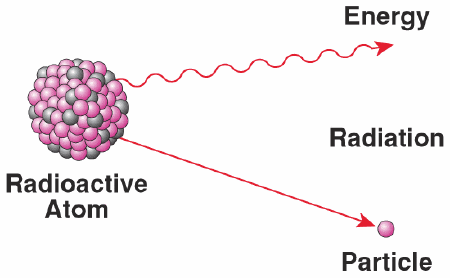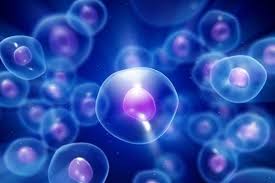Nuclear power
(electricity - nuclear) Radioactive nano particle decay mode
Researcher and author: Dr. ( Afshin Rashid)
Uranium, which is a heavy, toxic, metallic, radioactive and shiny silver-white element, belongs to the group of actinides, and its isotope 235 is used for nuclear reactor fuel . Uranium, when refined, is a silvery-white metal with weak radioactive properties, which is a little softer than steel. This metal is thorn hammer, conductor of electricity and slightly paramagnetic . The density of uranium is 65% higher than the density of lead . If the uranium is separated well, it is strongly affected by cold water and oxidizes against the air. Uranium extracted from mines can be chemically transformed into uranium dioxide and other species that can be used in industry.The use of particles from the microscale to the nanoscale provides advantages for various scientific fields, but because a large percentage of their atoms are on the surface, nanomaterials can be highly reactive and pose potential hazards to humans. to bring Nanoparticles are of great interest due to their wide application, both in industry and in natural sciences. While natural materials have constant physical properties regardless of size, the size of a nanoparticle determines its physical and chemical properties. Therefore, the properties of a material change as its size approaches the nanoscale and the percentage of atoms on the surface of the material becomes significant.The important feature of all nanostructures is that the number of surface atoms in them is more than the number of volume atoms. This ratio increases with decreasing nanoparticle size. Therefore, the size of the nanoparticle is considered its important feature . The range of activity of nanoparticles depends on the nature and shape of the nanostructure. However , if the energy of the nanoparticle field is comparable to the energy of electromagnetic radiation and if significant changes are made in a certain wavelength range with the occurrence of chemical reactions in the irradiated materials, the activity of nanoparticles up to 100nm will be significant.
The surface atoms of nanoparticles are not compensated in terms of energy. In general, the results of nanoparticle energy growth can be expressed as the total energy of atoms on the surface of the particle. The freedom of movement of atoms on the surface of nanostructures is limited and only vibrational movements and the movement of electrons are possible. These two electrokinetic reactions are dependent on each other because the displacement of the electron clouds of the atoms definitely changes the vibrational frequencies of the bonds of the atoms of the nanoparticles . On the other hand, changing the location of valence electrons in the bonds changes the polarity of the bond and the so-called supermolecular bodies . In this case, electron transfer to a higher energy level becomes possible. In this sense, carbon nanotubes (CNTs) are the most interesting investigated species. In this nanotube The carbons that protect them from the environment interact, and for this reason, these CNTs nanotubes are called metal/carbon nanotubes.
Conclusion :
As a result of radioactive nano particle decay mode, after a random time, large nuclei are decomposed into smaller and usually more stable nuclei, and the primary material is gradually destroyed. Of course, the mass of new nanomaterials will be only slightly less than the original material and energy will be released.
Researcher and author: Dr. ( Afshin Rashid)
Specialized doctorate in nano-microelectronics




